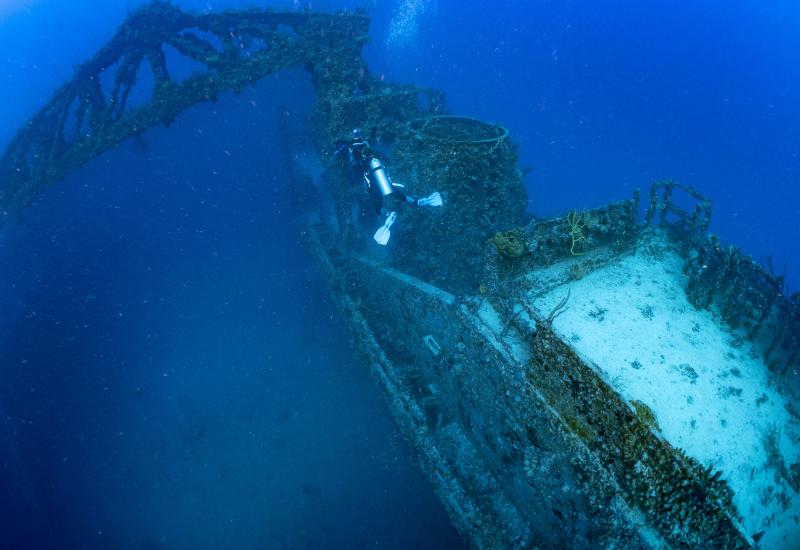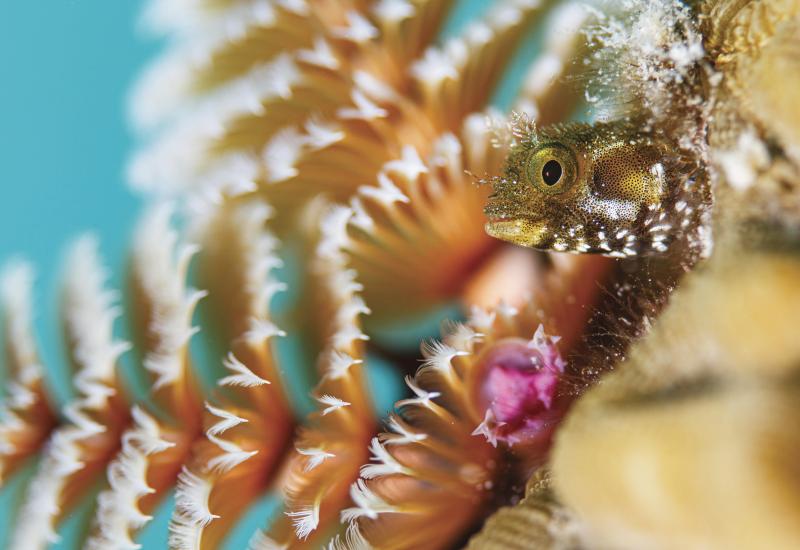The National Marine Sanctuary and the Sanctuary Preservation Areas

By Stephen Frink
Fast-forward to the late 1950s. There is now significant population in Miami and Ft. Lauderdale, and anyone with a '57 Chevy Nomad could load up a few scuba tanks and tow a skiff down to the Keys to do whatever. Much of that "whatever" had to do with taking things out of the sea, whether it be grouper that were so abundant they piled up cheek to pec under ledges the locals called "grouper hotels"; or chunks of coral ripped from the seafloor with crowbars to decorate the yards and coffee-tables of South Florida's Weekend Warriors. There were even barges plying these waters with dynamite and cranes on board to more efficiently decimate these coral reefs for the curio trade. Gratefully, concerned ecologists, including newspaper editor John Pennekamp, prevailed. The marine sanctuary named in his honor, John Pennekamp Coral Reef State Park, was established in 1960 to protect the offshore coral reef.
This is a story that has been often told, and I wouldn't bring it up here again except that it really established the mindset that made the Keys special, and protected the region even in the face of increased development and population. The marine conservation legacy was expanded with the creation of the Key Largo National Marine Sanctuary (established 1975), Looe Key National Marine Sanctuary (off Big Pine Key, established 1981), and finally with the establishment of the Florida Keys National Marine Sanctuary (FKNMS) in 1990. Protecting waters on both Gulf and Atlantic sides of the landmass, the Sanctuary is massive, 3,674 square miles.
While the marine conservation initiatives under Sanctuary direction are diverse, including mooring buoys to avoid anchor damage, divers may benefit most from their concept of "zonation." As the Sanctuary plan was written, different areas of the FKNMS were earmarked for different marine recreation and commerce activities. In some places, for example, it is fine to spearfish; in others, hook-and-line fishing and lobstering are seasonally permitted. After all, not all our residents and visitors have the same things in mind when it comes to recreating in these waters; and sportfishing is a huge industry in the Keys, although much of it is catch-and-release these days.
To my way of thinking, the marquee bullet-point of the Sanctuary plan was the creation of "Sanctuary Preservation Areas" (SPAs), the 100 percent no-take regions that serve as replenishment zones for surrounding reefs. Gratefully, many of the most popular dive sites throughout the Keys have some level of SPA protection and it is truly amazing how productive these sites are for aggregating marine life. Often these were areas long protected from spearfishing anyway, but before the SPAs were put in place I don't think any of us really knew the impact hook and line anglers had on these core reef sites.
The mooring buoys that were installed to avoid anchor damage were too often occupied by fishermen who figured if it was good enough to dive, it should be good enough to fish. Making that illegal created a far superior underwater resource very quickly. In only a couple of years we began to see not only more fish, but greater diversity of species. Even sharks began to come back to some of these reefs.
Divers traveling throughout the Caribbean will see many places under continual pressure from sustenance and commercial fishing, destinations with beautiful reefs but no living creatures larger than the mesh of a fish trap. Yet, the marine life on many reefs in the Florida Keys is substantially better than it was two decades ago, a tribute to enlightened conservation and enforcement. For sure, a SPA can't protect against problems with water quality or diver impact or ship groundings. For sure, the coral cover is far less than it was even a decade ago. Those are issues no one can dispute and will be admittedly hard to reverse. But the resurgence of the once-threatened Goliath grouper is just one example of the balanced ecosystem that continues to thrive and, in some ways, even improve.
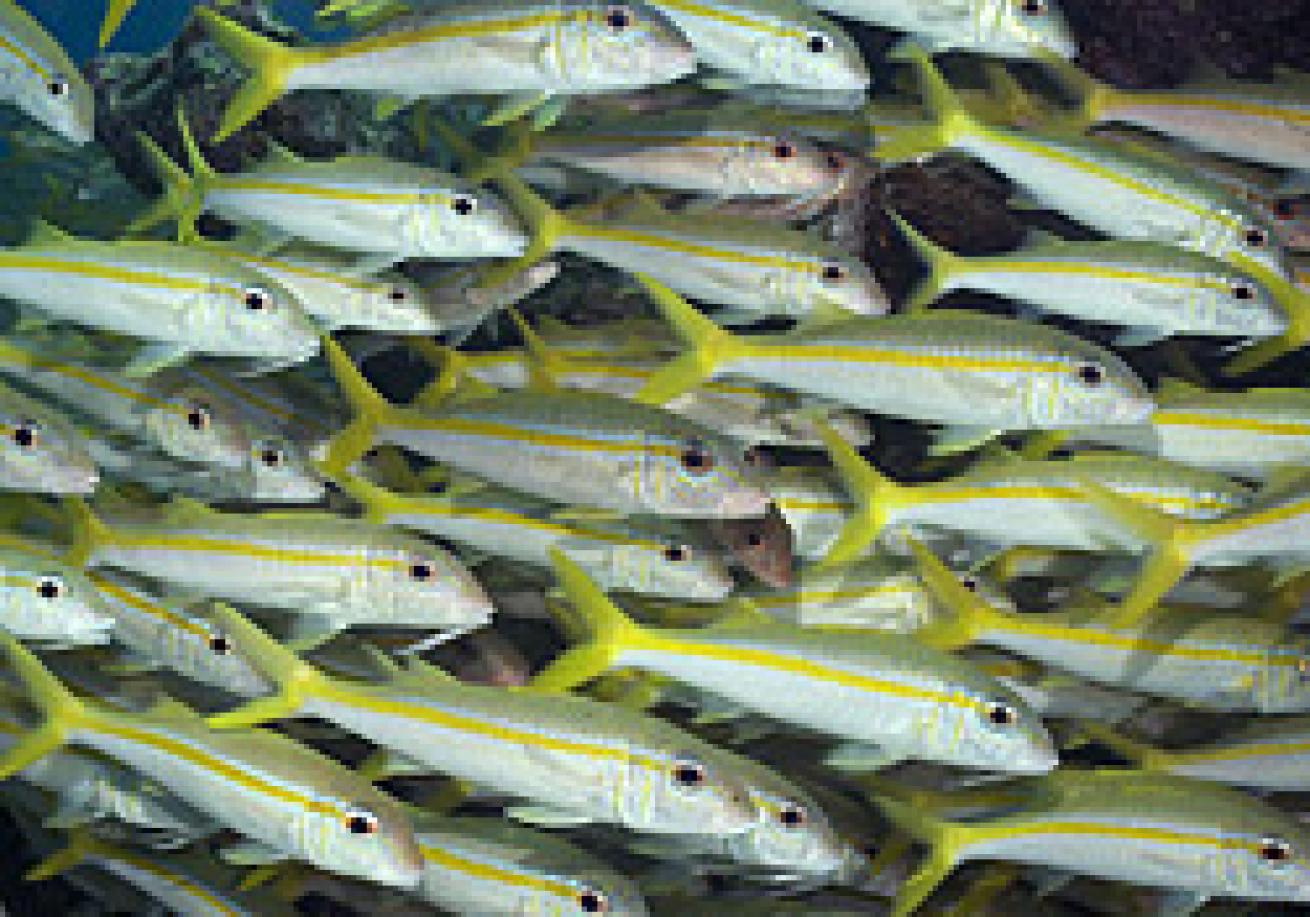
Fast-forward to the late 1950s. There is now significant population in Miami and Ft. Lauderdale, and anyone with a '57 Chevy Nomad could load up a few scuba tanks and tow a skiff down to the Keys to do whatever. Much of that "whatever" had to do with taking things out of the sea, whether it be grouper that were so abundant they piled up cheek to pec under ledges the locals called "grouper hotels"; or chunks of coral ripped from the seafloor with crowbars to decorate the yards and coffee-tables of South Florida's Weekend Warriors. There were even barges plying these waters with dynamite and cranes on board to more efficiently decimate these coral reefs for the curio trade. Gratefully, concerned ecologists, including newspaper editor John Pennekamp, prevailed. The marine sanctuary named in his honor, John Pennekamp Coral Reef State Park, was established in 1960 to protect the offshore coral reef.
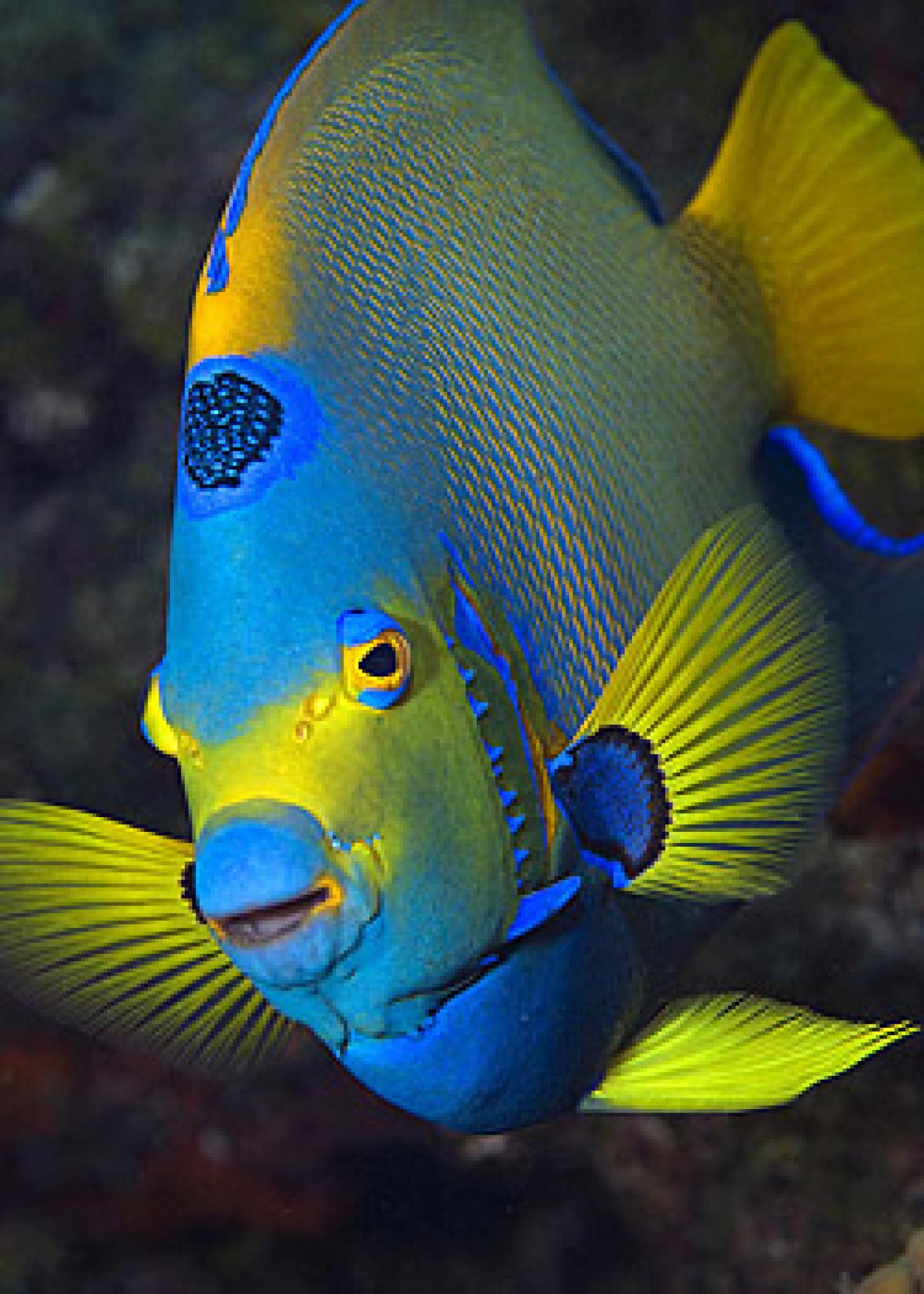
This is a story that has been often told, and I wouldn't bring it up here again except that it really established the mindset that made the Keys special, and protected the region even in the face of increased development and population. The marine conservation legacy was expanded with the creation of the Key Largo National Marine Sanctuary (established 1975), Looe Key National Marine Sanctuary (off Big Pine Key, established 1981), and finally with the establishment of the Florida Keys National Marine Sanctuary (FKNMS) in 1990. Protecting waters on both Gulf and Atlantic sides of the landmass, the Sanctuary is massive, 3,674 square miles.
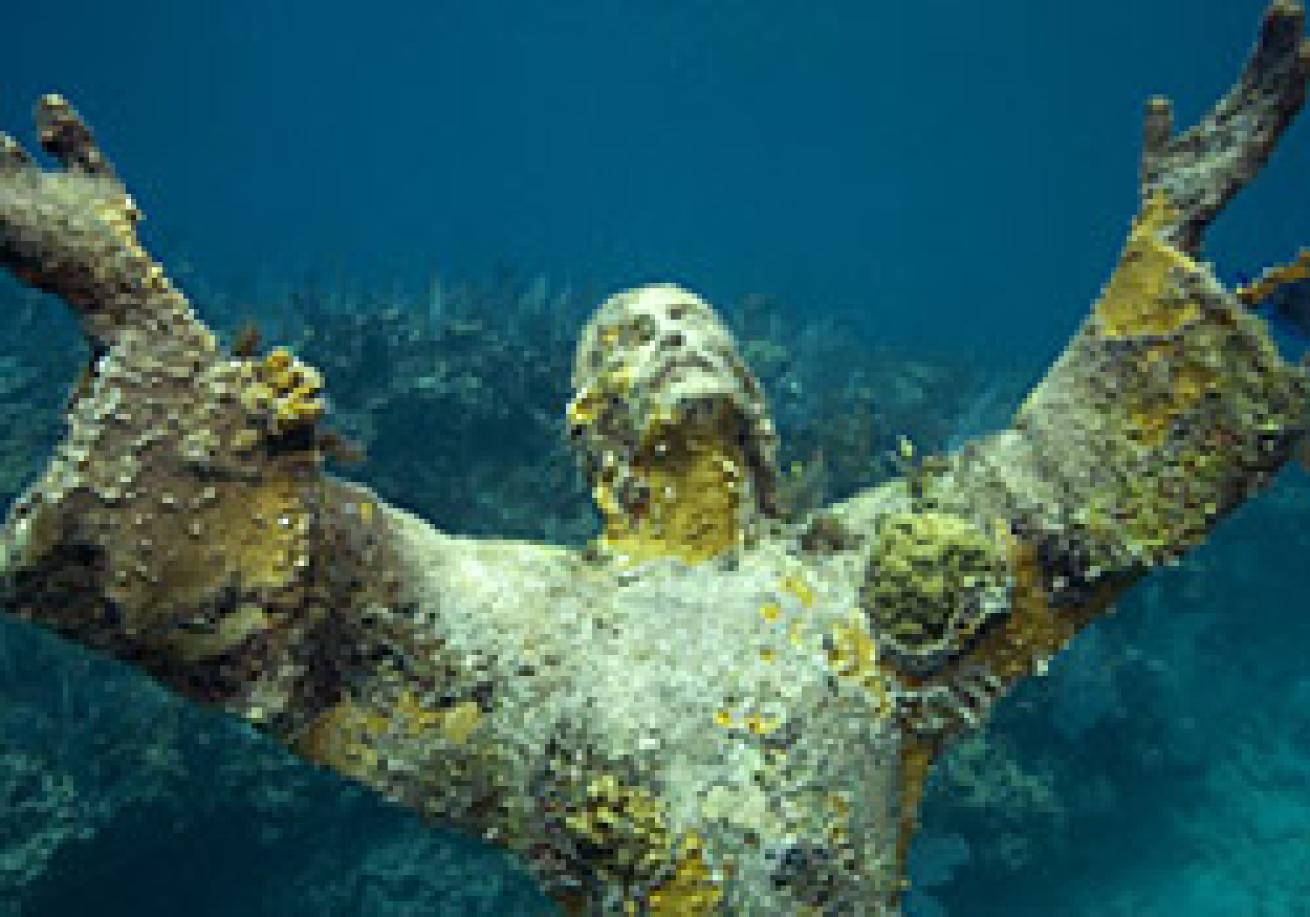
While the marine conservation initiatives under Sanctuary direction are diverse, including mooring buoys to avoid anchor damage, divers may benefit most from their concept of "zonation." As the Sanctuary plan was written, different areas of the FKNMS were earmarked for different marine recreation and commerce activities. In some places, for example, it is fine to spearfish; in others, hook-and-line fishing and lobstering are seasonally permitted. After all, not all our residents and visitors have the same things in mind when it comes to recreating in these waters; and sportfishing is a huge industry in the Keys, although much of it is catch-and-release these days.
To my way of thinking, the marquee bullet-point of the Sanctuary plan was the creation of "Sanctuary Preservation Areas" (SPAs), the 100 percent no-take regions that serve as replenishment zones for surrounding reefs. Gratefully, many of the most popular dive sites throughout the Keys have some level of SPA protection and it is truly amazing how productive these sites are for aggregating marine life. Often these were areas long protected from spearfishing anyway, but before the SPAs were put in place I don't think any of us really knew the impact hook and line anglers had on these core reef sites.
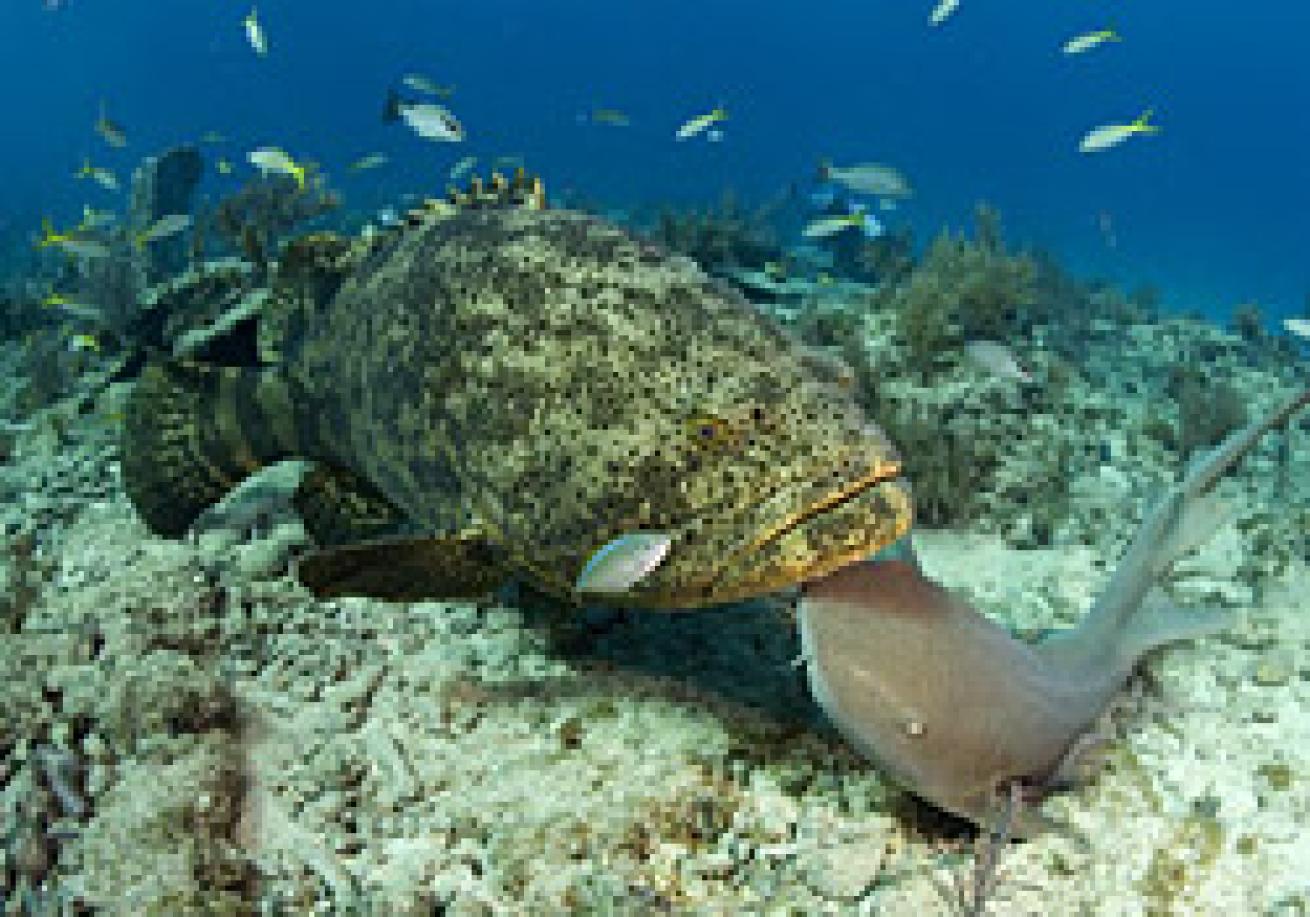
The mooring buoys that were installed to avoid anchor damage were too often occupied by fishermen who figured if it was good enough to dive, it should be good enough to fish. Making that illegal created a far superior underwater resource very quickly. In only a couple of years we began to see not only more fish, but greater diversity of species. Even sharks began to come back to some of these reefs.
Divers traveling throughout the Caribbean will see many places under continual pressure from sustenance and commercial fishing, destinations with beautiful reefs but no living creatures larger than the mesh of a fish trap. Yet, the marine life on many reefs in the Florida Keys is substantially better than it was two decades ago, a tribute to enlightened conservation and enforcement. For sure, a SPA can't protect against problems with water quality or diver impact or ship groundings. For sure, the coral cover is far less than it was even a decade ago. Those are issues no one can dispute and will be admittedly hard to reverse. But the resurgence of the once-threatened Goliath grouper is just one example of the balanced ecosystem that continues to thrive and, in some ways, even improve.

